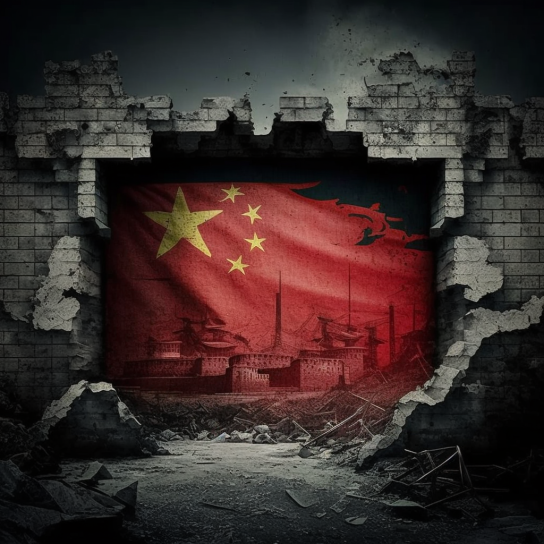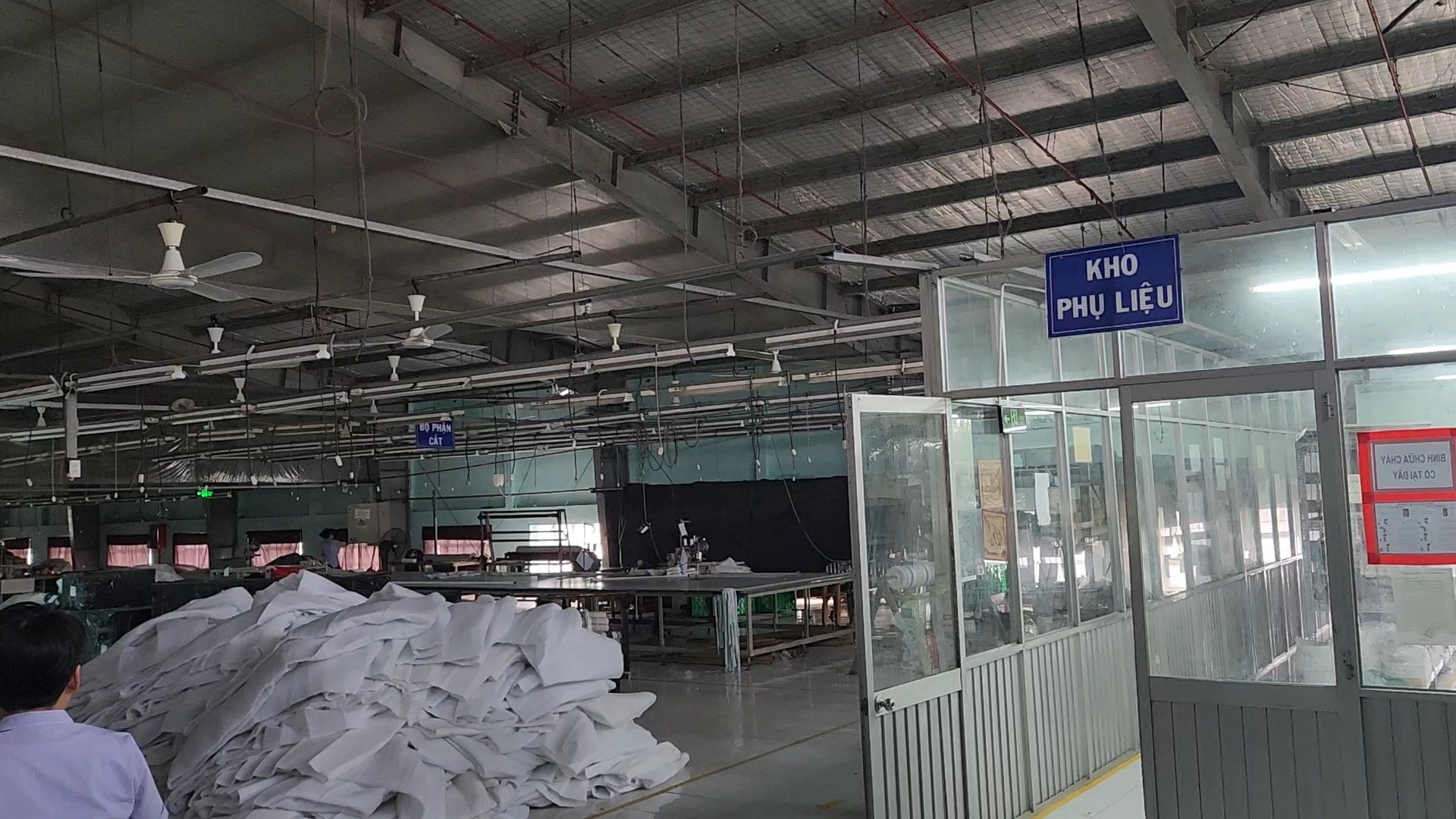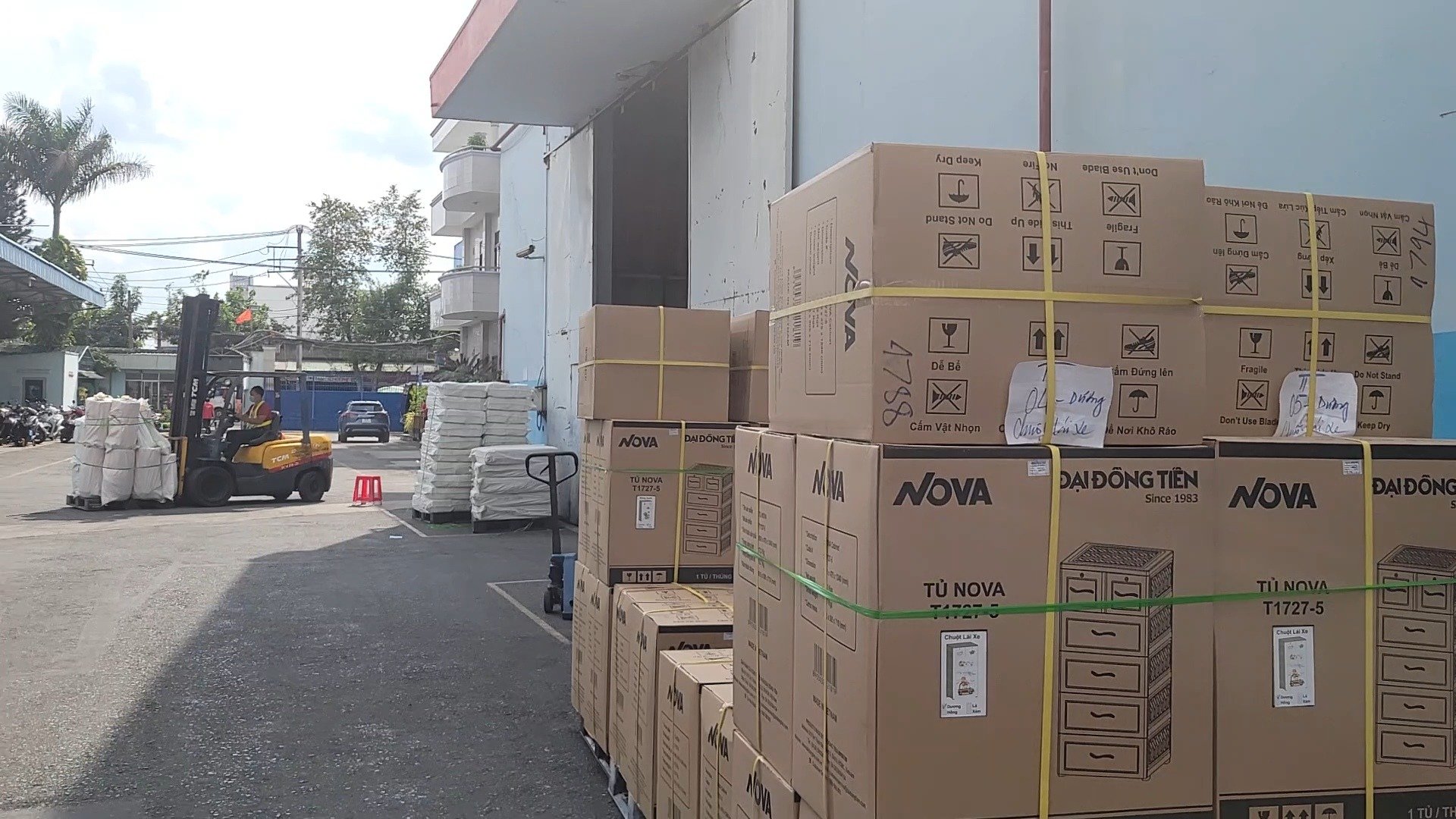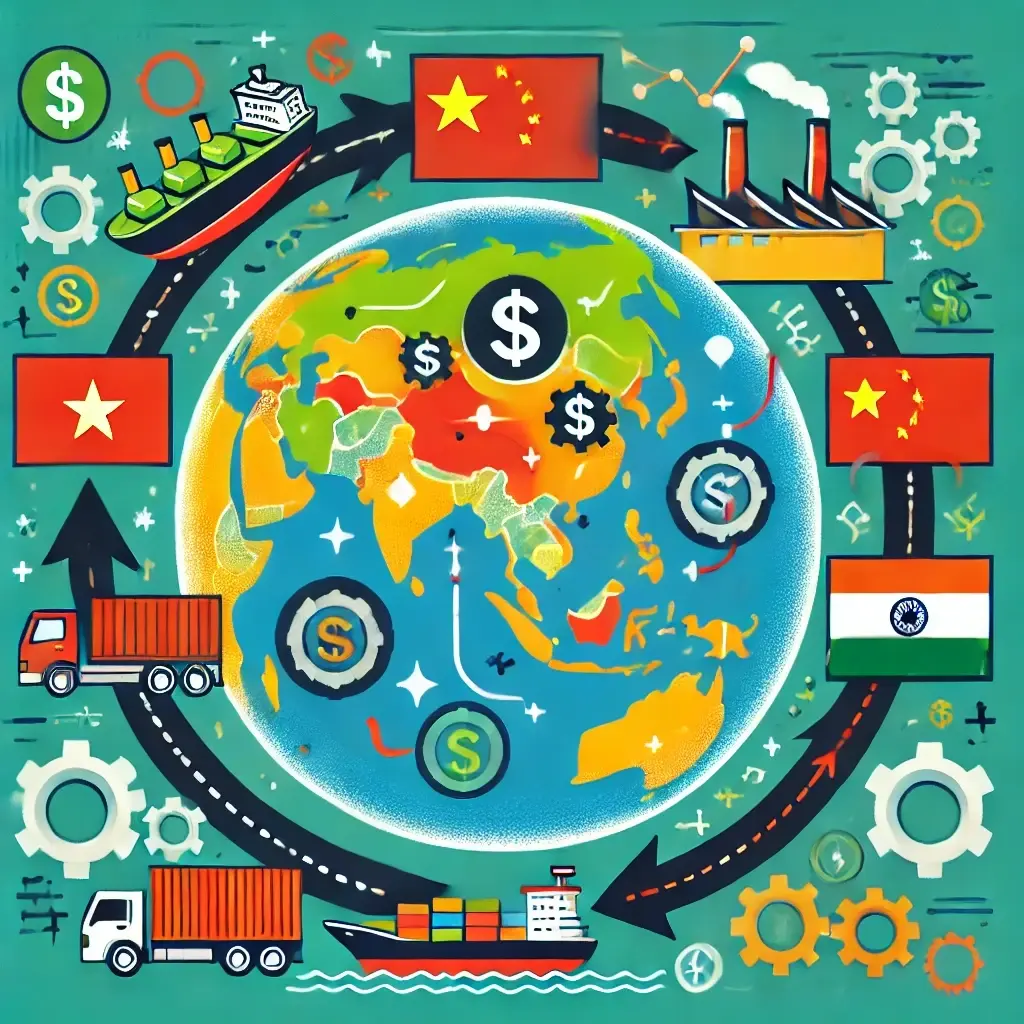The Great Firewall: How China Built an Economic Fortress
In this second installment of our series on the new economic cold war, we explore one of the foundational elements of China’s rise to manufacturing dominance: the Great Firewall. More than just an internet censorship tool, the Great Firewall reflects a broader strategy of protectionism that has helped shield Chinese industries from foreign competition while fostering a self-contained ecosystem of innovation, production, and growth.
A Digital and Economic Barrier
China’s Great Firewall is a combination of technology, policies, and regulations designed to restrict access to foreign internet platforms like Google, Facebook, and Twitter. While most discussions about the Firewall focus on censorship, its economic implications are profound:
Protecting Domestic Markets: By blocking global tech giants, China gave rise to homegrown alternatives like Baidu, Alibaba, and Tencent. Without foreign competition, these companies thrived in a protected market, growing to dominate not only China but also global markets.
Encouraging Controlled Innovation: The absence of external platforms forced Chinese companies to innovate locally. While these innovations began by mirroring Western technology, many quickly surpassed their counterparts, tailored specifically for Chinese consumers.
Restricting Foreign Influence: The Firewall limited the influence of global narratives, ensuring that Chinese companies and consumers operated within a controlled environment. This not only protected the state’s political priorities but also aligned corporate growth with national strategic goals.
The Economic Firewall: Subsidies and Industrial Policy
The concept of a “firewall” extends beyond the digital sphere. Economically, China created barriers to shield its industries while fueling their growth through targeted subsidies and industrial policies.
Massive State Support:
-
- Subsidies were channeled to industries deemed critical to China’s strategic growth, such as steel, solar energy, and semiconductors. This allowed Chinese companies to undercut international competitors, flooding global markets with cheaper goods.
- Export tax rebates further incentivized businesses to expand into foreign markets, reinforcing China’s role as the world’s factory.
Localization Requirements:
-
- Foreign companies looking to operate in China often faced mandates to form joint ventures with local firms, share technology, or set up local manufacturing facilities. These practices transferred intellectual property and know-how to Chinese partners while limiting the foreign company’s control.
The Impact on Global Competitors:
-
- The combination of protected markets at home and aggressive competition abroad created challenges for Western manufacturers. Unable to compete with subsidized pricing, many were forced to shut down, leaving China as a dominant player in key industries.
The Firewall’s Role in Manufacturing Dominance
China’s ability to control its ecosystem gave its manufacturers unique advantages:
- End-to-End Ecosystems: From design and production to marketing and delivery, Chinese companies built vertically integrated supply chains that eliminated inefficiencies and reduced costs.
- Government-Corporate Alignment: Policies encouraged alignment between corporate goals and national priorities, such as the Made in China 2025 initiative, which aimed to make China a leader in advanced manufacturing.
- Domestic Market Scale: With access to over a billion consumers, Chinese companies gained the scale needed to innovate and compete globally.
The Global Backlash
The success of the Great Firewall and China’s economic policies did not come without criticism. Many countries, particularly the U.S., saw these practices as unfair and disruptive to free-market competition. This led to:
- Tariffs and Trade Wars: The U.S. began imposing tariffs on Chinese goods, targeting industries benefiting from state subsidies.
- Export Restrictions: Advanced technologies, such as semiconductors, became a focal point of U.S. restrictions to curb China’s growth in critical industries.
- Increased Scrutiny of Chinese Investments: Many nations tightened regulations on Chinese acquisitions, especially in sectors tied to strategic technologies or national security.
What Does This Mean for Importers?
For importers and businesses relying on Chinese manufacturing, the Great Firewall underscores the importance of understanding the dynamics of China’s industrial policies. Here’s what you can do:
Evaluate Supply Chain Risks:
Assess the extent to which your supply chain depends on industries benefiting from Chinese subsidies. These could be targets for future tariffs or export restrictions.
Strengthen Contracts and IP Protections:
Ensure your contracts explicitly define ownership of intellectual property and manufacturing processes to avoid complications stemming from localization requirements.
Diversify Sourcing:
Explore alternative manufacturing hubs outside China. Countries like Vietnam, India, and Bangladesh may offer competitive advantages, albeit with different challenges.
Conclusion: A Double-Edged Sword
China’s Great Firewall has been both a shield and a sword, protecting its domestic industries while enabling aggressive global expansion. For businesses, it represents both opportunity and risk—a market that offers unparalleled scale but operates under unique and often challenging conditions.
In the next post, we’ll dive deeper into the Made in China 2025 initiative and its role in shaping the economic cold war. Stay tuned!




